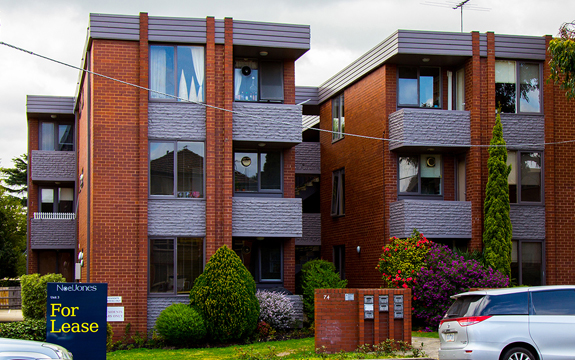Swinburne research finds energy costs hit low income households hardest

In Summary
A new study of household expenditure and energy has found that over the past two decades, low income households and those caught in the housing affordability trap felt the brunt of energy costs, while higher income households were also able to adapt their energy usage to reduce energy costa unaffected because income rose above inflation and in line with prices.
The report, conducted by Swinburne University of Technology for the CRC for Low Carbon Living, identified that for low income families, energy costs rose from 5.2 per cent to 5.6 per cent of their household income.
Young singles, households with many children and renters were also seen to be particularly vulnerable, with the report finding that a key issue for those struggling to pay bills was not the cost of energy itself, but the cost of housing.
Of those struggling to pay bills, 63 per cent of renters and 43 per cent of purchasers reported having payment difficulties.
Swinburne lead researcher, Professor Terry Burke, challenged the concept that freeing up the electricity industry markets had created new levels of hardship across the board.
“After analysing energy costs from 1993 to 2012, it is clear most energy costs have kept in line with income, although lower income earners have felt the pinch more,” Professor Burke said.
“Overall, we found the strongest indicators for the inability to pay energy bills in the low income group were those receiving financial assistance from the government or paying more than 20 per cent of their income on housing.
“This indicates that even the relatively wealthy people can struggle to pay their bills if they have a large mortgage.”
The study also found that during the past two decades, the proportion of the low income group paying more than 10 per cent of household income on energy grew from 11.7 per cent to 18.5 per cent, but only 24 per cent of these seemingly worst affected people reported difficulty paying their bills.
Professor Burke also explained that the type and size of dwelling had an independent effect on energy consumption.
“Large houses resulted in higher energy costs, even with a low number of occupants. For example, for a couple in a detached house in 2012 the median costs for energy varied from $22 per week for a one bedroom dwelling to $36 per week for four bedrooms,” Professor Burke said.
The study also investigated the impact of fuel costs and the inability to pay bills and found that when prices were high there was a reduction in fuel expenditure, indicating people changed their behaviour when the price rises.
Read the full report Household Energy Use Consumption and Expenditure Patterns 1993-2012

